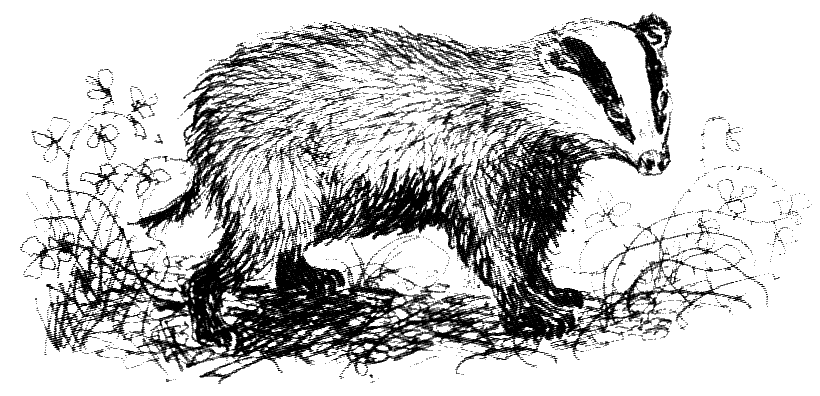Whose afraid of the big bad wolf?
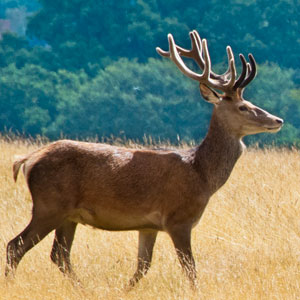
Should wolves be reintroduced into the landscape. Wolves are regarded as a keystone species in many areas . A keystone species is often a predator that prevents a particular herbivore from ‘eradicating’ a prominent plant species. Without the predators, the herbivore populations can explode, wiping out particular plants, and dramatically altering the character of the landscape / ecosystem. The logic for the reintroduction of the wolf relates to bringing deer populations under control. Relatively few wolves can have a significant effect of deer numbers. Wolves not only kill deer, but keep them on the move restricting their browsing activities.
Though the exact red deer population is unknown, estimates for Scotland suggest it is about 400,000. What is clear is that the deer browsing is having a significant effect on the natural regeneration of woodland and forest throughout the region. This lack of natural regeneration has contributed to the decline and loss of native woodland. Indeed, Scotland has a low percentage of woodland cover (approximately 4%).
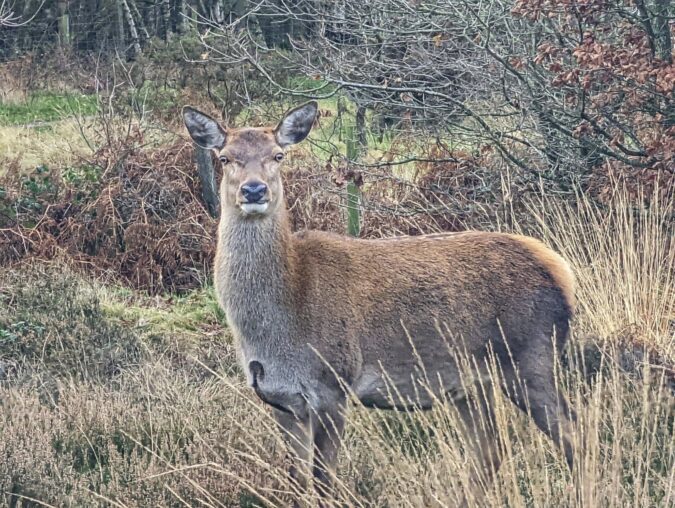
Natural regeneration does occur
- where measures are in place to exclude deer, such as fencing;
- Or where deer numbers are below four per square kilometre
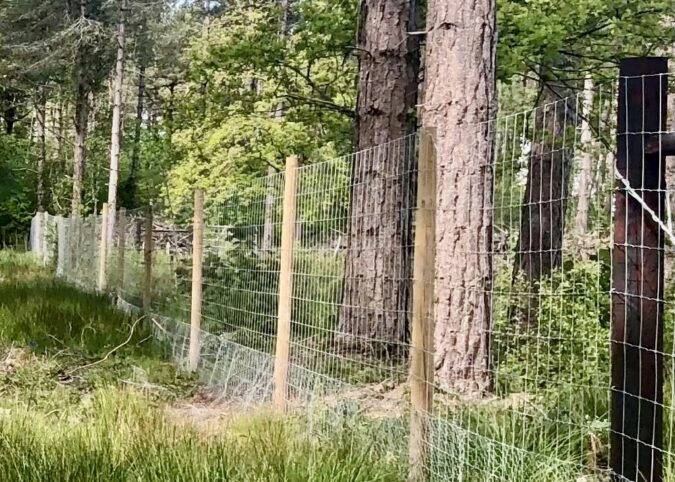 In these conditions, seedlings can then establish themselves and grow towards maturity. Researchers at the University of Leeds are suggesting that a population of 167 wolves across the Cairngorms, South-west Highlands. Central Highlands and North-west Highlands would be sufficient to reduce the red deer population to a level that would allow natural regeneration to occur. This natural regeneration would mean more trees, more natural woodland, which in turn would lead to greater carbon sequestration, possibly removing one million tons of carbon from the atmosphere each year.
In these conditions, seedlings can then establish themselves and grow towards maturity. Researchers at the University of Leeds are suggesting that a population of 167 wolves across the Cairngorms, South-west Highlands. Central Highlands and North-west Highlands would be sufficient to reduce the red deer population to a level that would allow natural regeneration to occur. This natural regeneration would mean more trees, more natural woodland, which in turn would lead to greater carbon sequestration, possibly removing one million tons of carbon from the atmosphere each year.
Their calculations, using a predator prey model for the wolves and deer, suggest each wolf would effectively result in an additional uptake of some 6000+ tonnes of carbon. It is possible that wolf reintroduction would also lead to:
- Increased ecotourism
- A reduction in deer related road traffic accidents / collisions
- A reduction in Lyme disease (fewer ticks carrying the bacterium Borrelia burgdorferi.
- A reduction in the cost associated with deer culls, deer management
However, against these potential benefits, there are concerns of public acceptance of wolves in accessible spaces, the challenges they may bring to livestock farmers (especially sheep farmers), and the impact on the deer stalking community.
Whilst wolves were once common in the British landscape, they have not been present (except in wildlife parks) for centuries. Wolves likely became extinct in England during the reign of Henry VII (1485 - 1509), though wolf bounties were still offered in some parts until the 19th century. In Scotland, at one time (during the reign of James VI of Scotland), wolves were considered such a threat to travellers that special houses / rest places (Spittals) were built along the travel routes for the nighttime protection of travellers. The Spittal of Glenshee was one such refuge. At Eddrachillis, the people resorted to burying their dead on an offshore island so that the graves were not disturbed by wolves.
“Thus every grave we dug
The hungry wolf uptore
And every morning the sod
Was strewn with blood and gore
Our mother earth had denied us rest
On Ederachillis shore”
From A book of Highland Minstrelsy (1846)
Wolf populations likely peaked in the latter half of the sixteenth century, causing so much damage to cattle in Sutherland that in 1577 James VI ordered wolf hunts three times a year. According to some accounts, the last wolf to be killed in Scotland was shot in Perthshire in 1680, though there are some claims that a few may have survived into the 18th century.
The modelling of the effects of wolf re-introduction by Liverpool University is not the first study suggesting that Scotland’s woodlands and forest would benefit from the return of wolves. However, whether the idea will gain public acceptance or make significant headway remains to be seen.
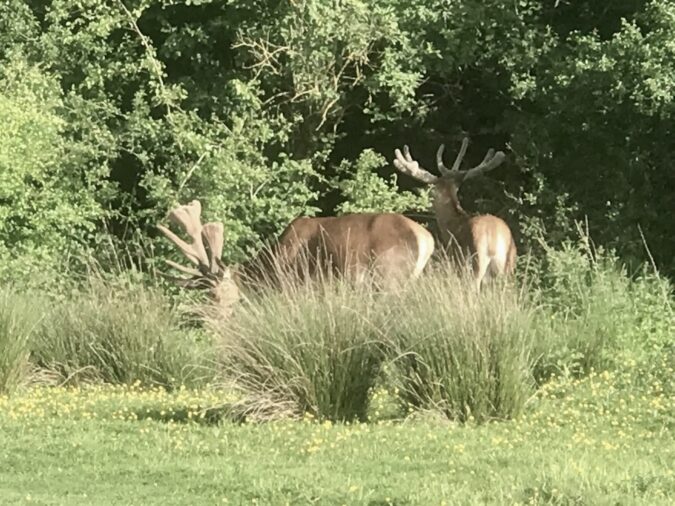
Comments are closed for this post.
